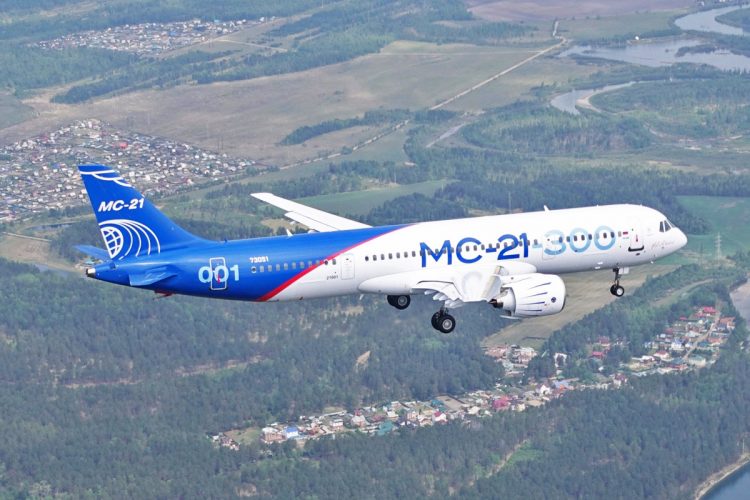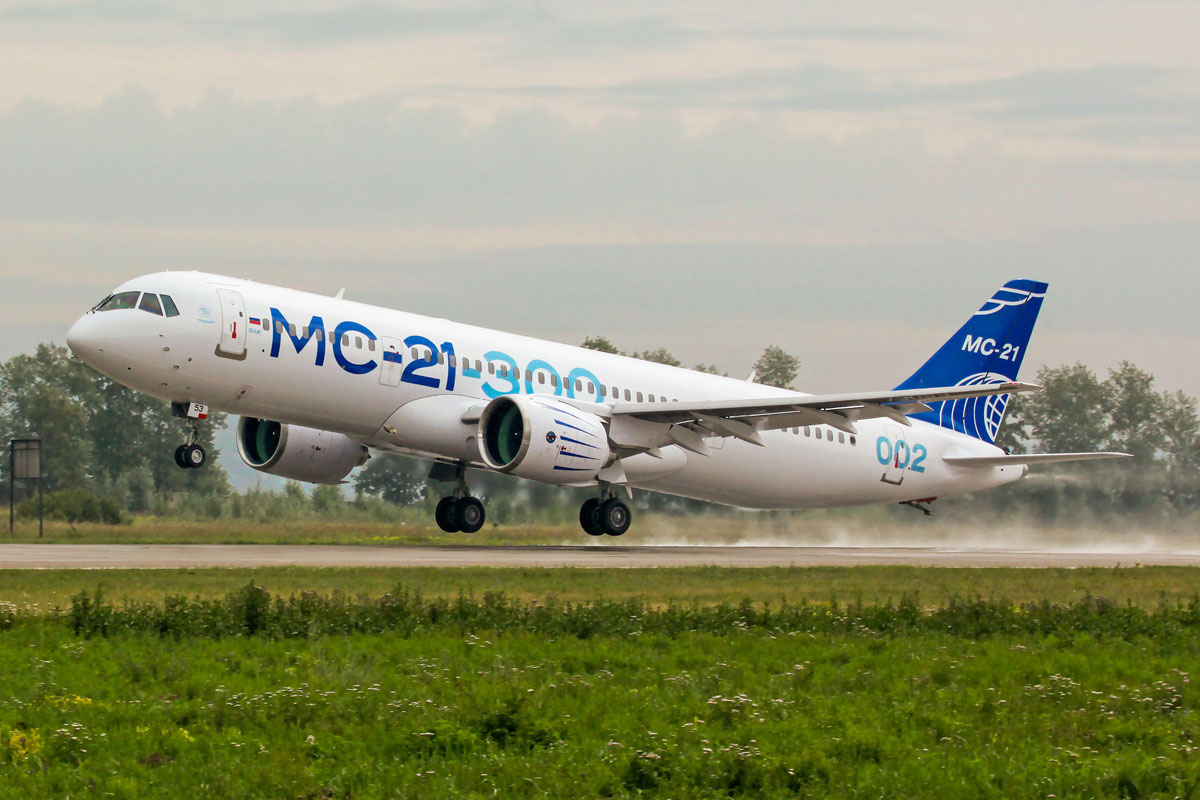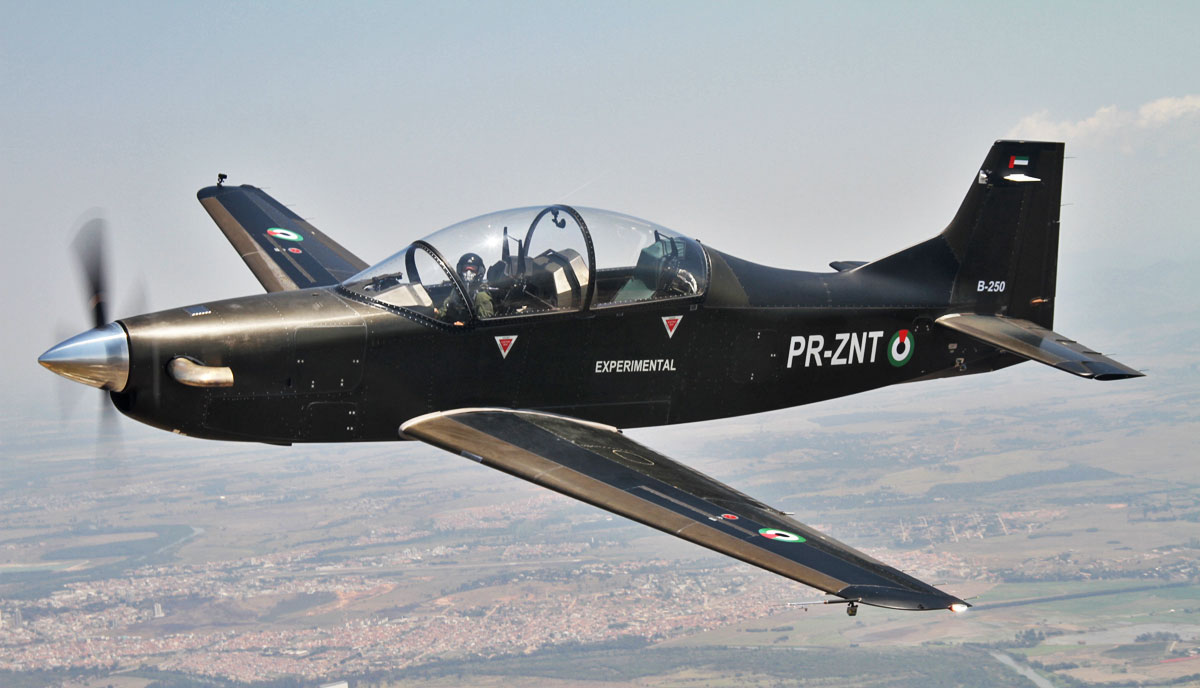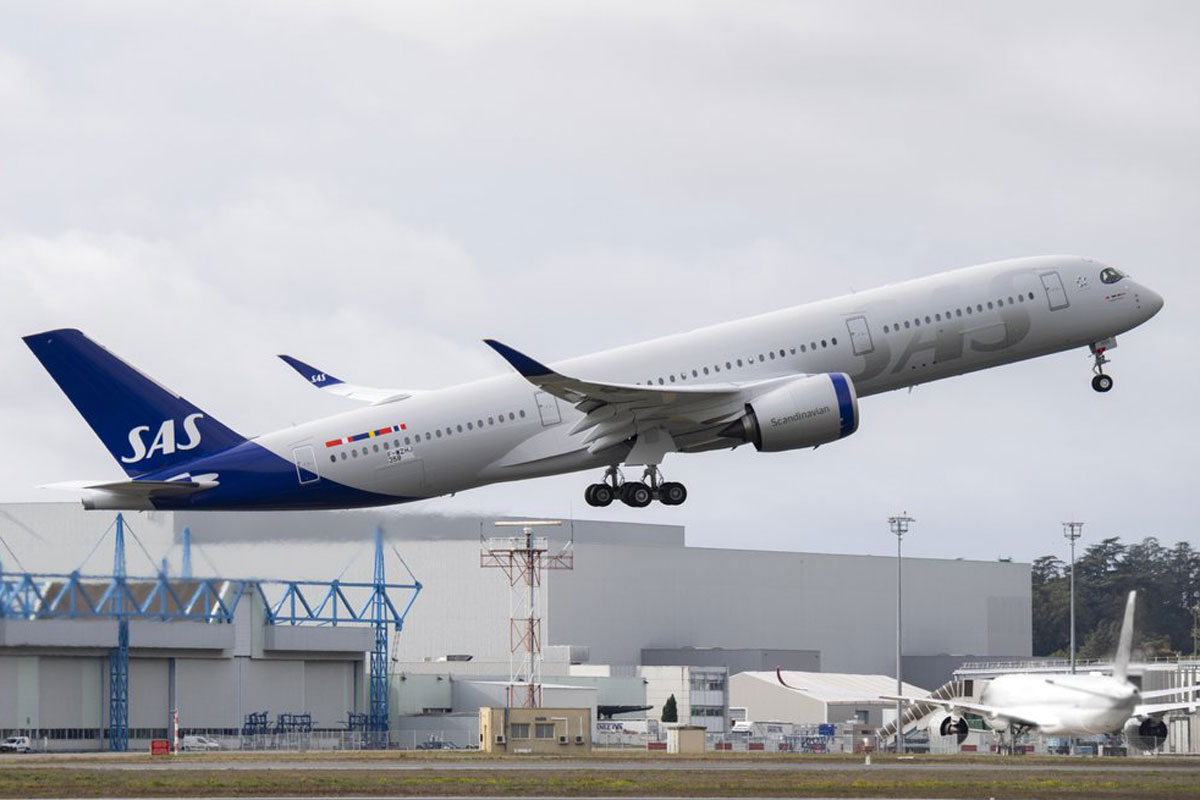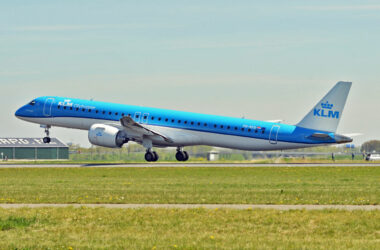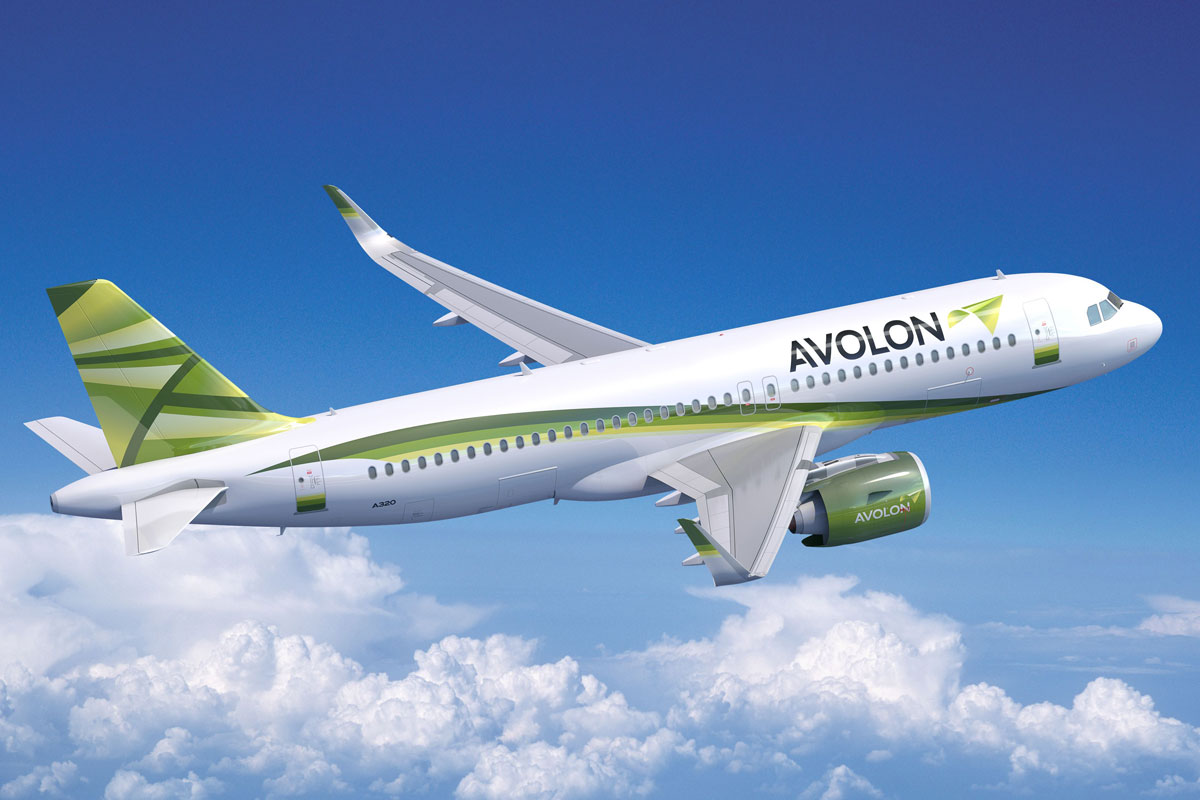The A320 jet family is currently the most successful commercial jet series in history, no doubt. In just over 30 years, Airbus single-aisle aircraft have overcome initial suspicions to become the world’s leading ordering company. Although the 737 still has more units delivered to date, this distance is rapidly shortening due to sales of NEO models and also by the grounding of the Boeing jet.
That’s why the A320 is the plane to beat, but even Boeing is reluctant to develop a more capable commercial jet than its European rival for now. If Americans have doubts, Chinese and Russians, no. They are currently trying to replicate the success of the Airbus plane.
Obviously, this is a Herculean task and it does not only involve building an efficient aircraft. There is an entire ecosystem behind a passenger plane that includes reliability, service availability and a well-planned training process. And in these respects neither China nor Russia are great examples.
But nothing seems to deter them from the idea of competing with Airbus and Boeing. COMAC, for example, has accelerated the development of the C919, a commercial jet that resembles the A320 too much. The new jet is expected to go into service in 2021 and will soon feature six prototypes in the certification task.
UAC, the Russian conglomerate that gathers the former Soviet Union design offices, also set 2021 as a goal to produce the first six MC-21-300. Developed by Irkut, the MC-21 is the “Russian Airbus”, capable of carrying between 163 and 211 passengers (in two or one class) in the -300 variant. A smaller version, -200, is expected to offer 132 and 165 seats but has no firm orders yet.
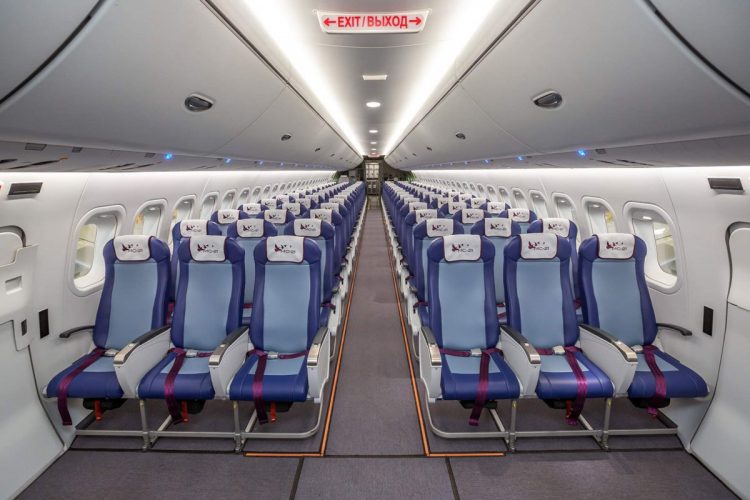
At a meeting in the Russian parliament this week, UAC CEO Yuri Slyusar said the company plans to increase the MC-21-300’s production rate to 12 aircraft by 2022, 25 by 2023 and reach 72 units by 2025.
This is a low production ratio compared to Western aircraft – the A320, for example, has 60 units manufactured per month – but quite high in light of the jet’s few orders. To date, only 175 units are part of your backlog, virtually all of Russian airlines.
The first planes will be delivered, of course, to Aeroflot, the Russian flag carrier that has leased 50 units, as well as aircraft for government use, of course.
Western components
The MC-21-300, like the C919, suffers from the same problem, the difficulty in relying on western components. It’s such a dilemma because these planes depend on some more reliable suppliers to want to claim some interest from airlines outside the Russia-China axis. On the other hand, this dependency ends up being used in trade disputes like President Donald Trump’s recent quarrels with Vladimir Putin and Xi Jinping.
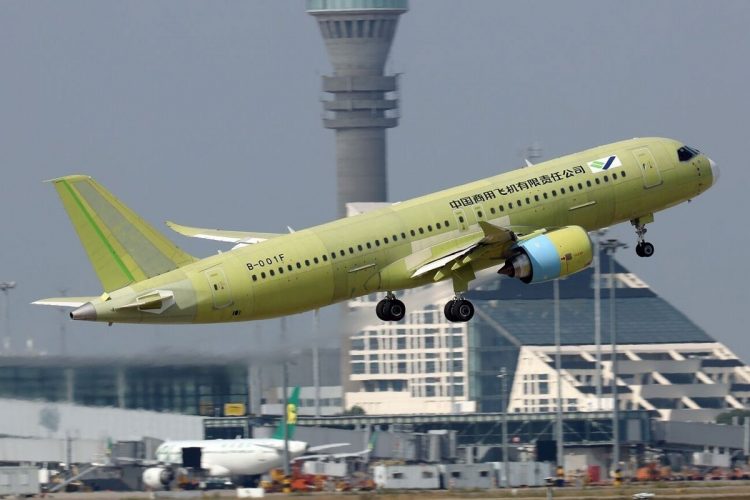
The chosen path has been to not have American and European partners, which forces the local industry to offer items with similar technology. This situation has raised suspicions about the Chinese government’s spying on COMAC suppliers to absorb industry secrets.
In Russia, a tricky aspect of the MC-21 concerns its engine, a Pratt & Whitney PW1400G. Although Irkut sold the jet with this turbofan, the Russian government has been encouraging customers to shift their orders to the country’s PD-14 engine, already fearing possible US reprisals.
For now, both the C919 and the MC-21 are promises. They continue to exist because they are banked by the governments of their countries, which not only try not to rely on imported products, but also to stimulate their aerospace industry.
While they are cheap – the MC-21 is priced at $ 98 million, or $ 12 million less than an A320neo – mistrust of their commercial viability prevents more companies from risking buying them.
The case of the Superjet 100 jet, developed by Sukhoi, illustrates this situation well. Although it has a low price, uses western components and can operate at high altitude airports, the Russian model has been a failure to the point that Mexican airline Interjet tries to return them to the manufacturer. It seems that the A320’s reign is guaranteed for many years.
